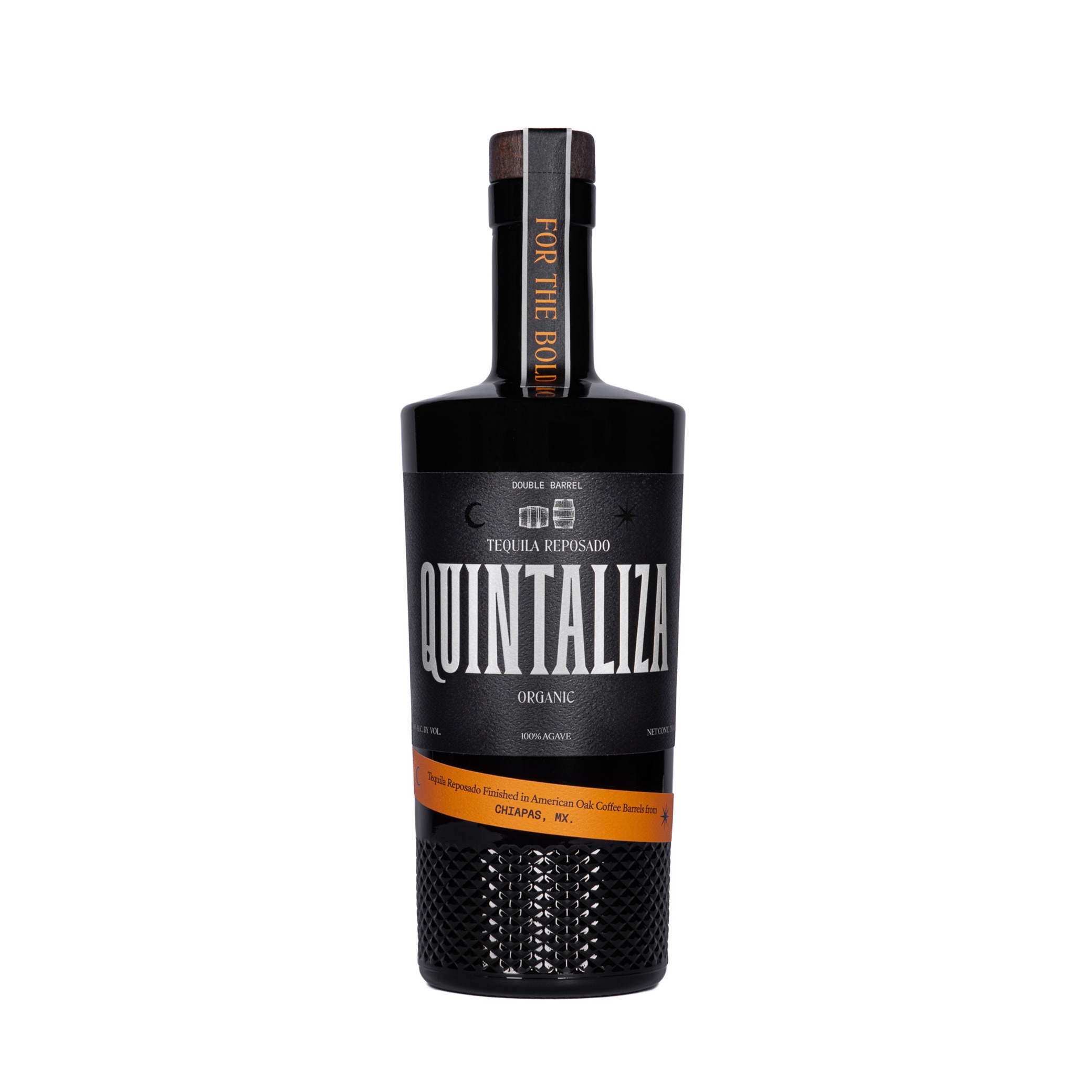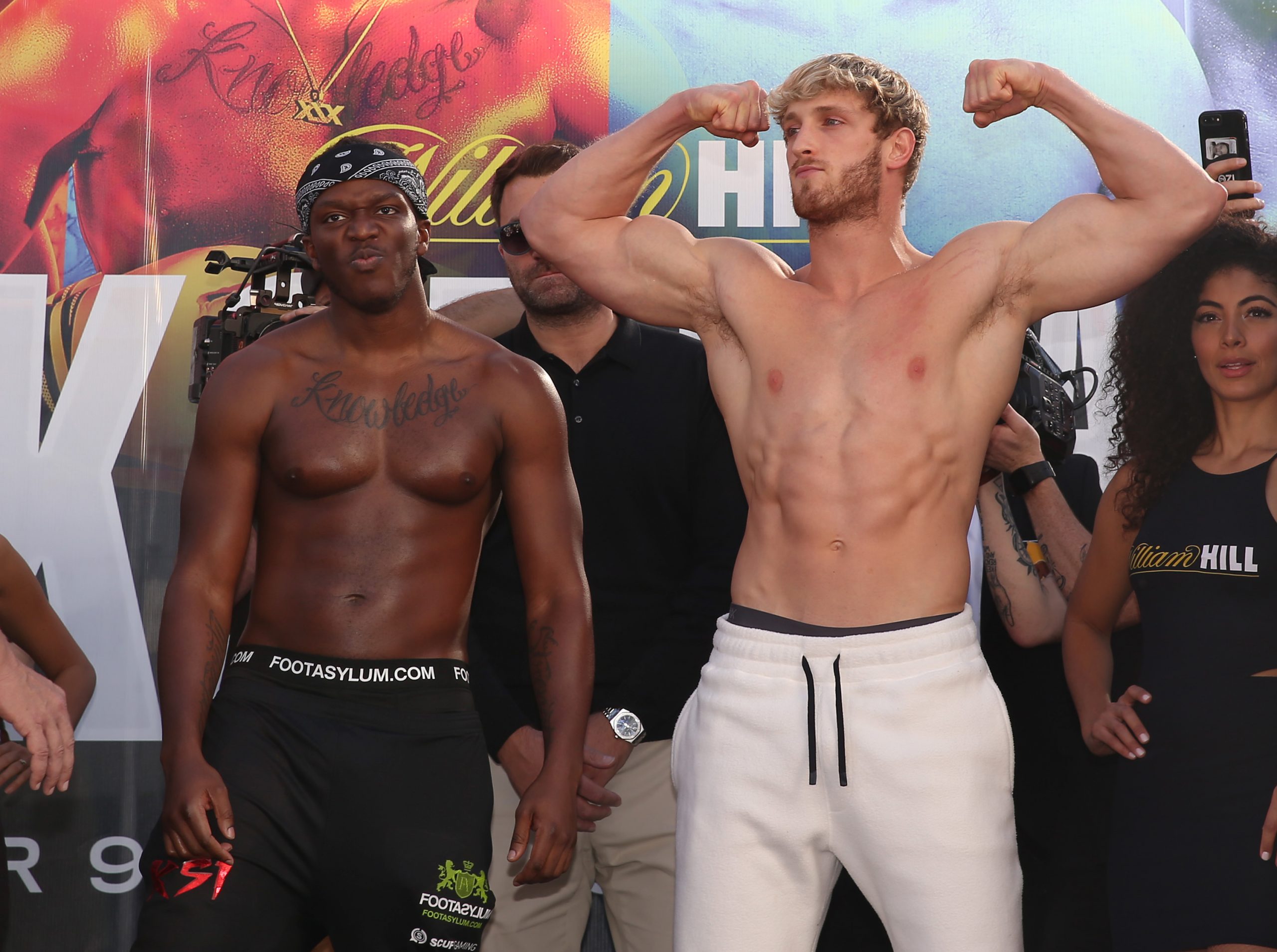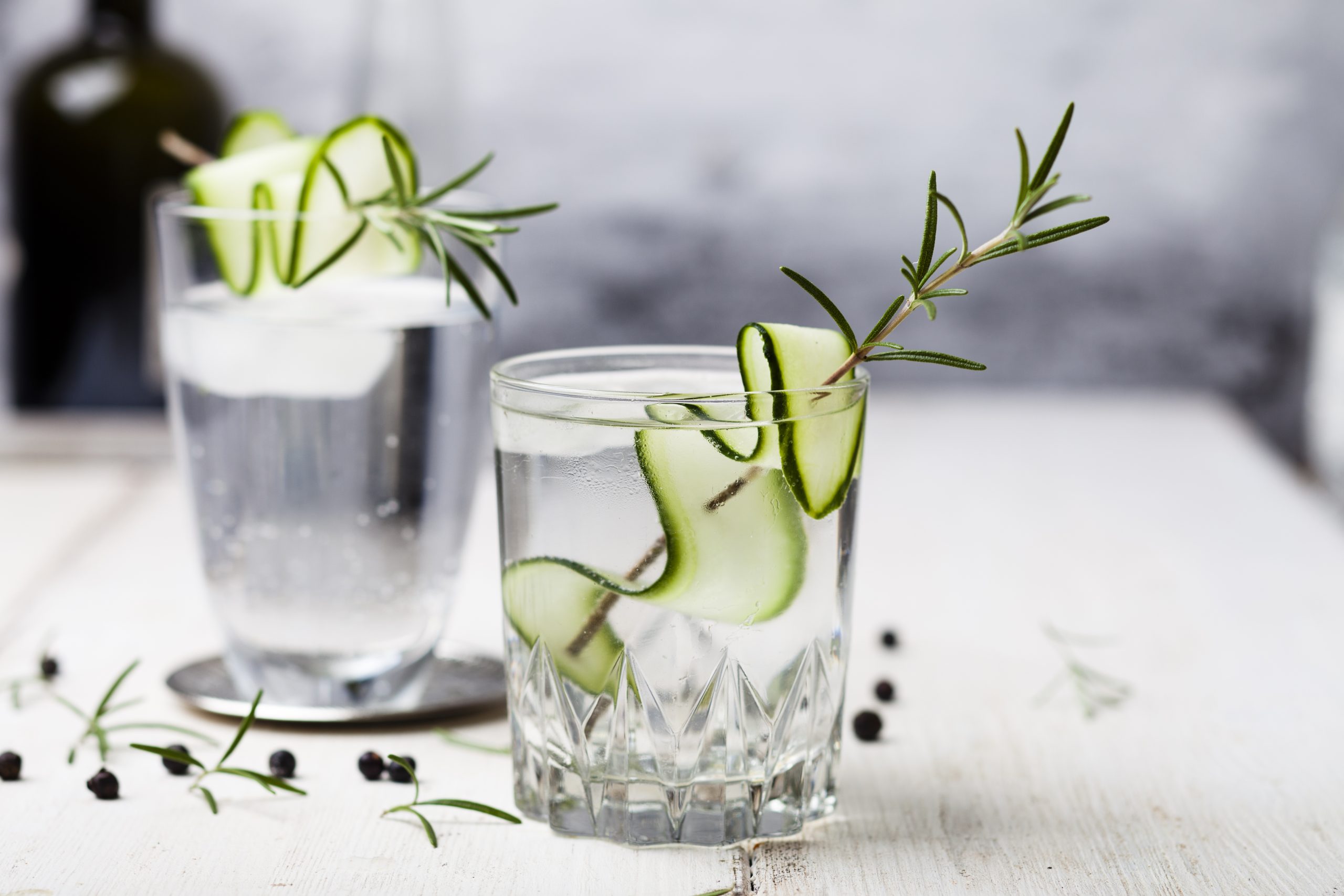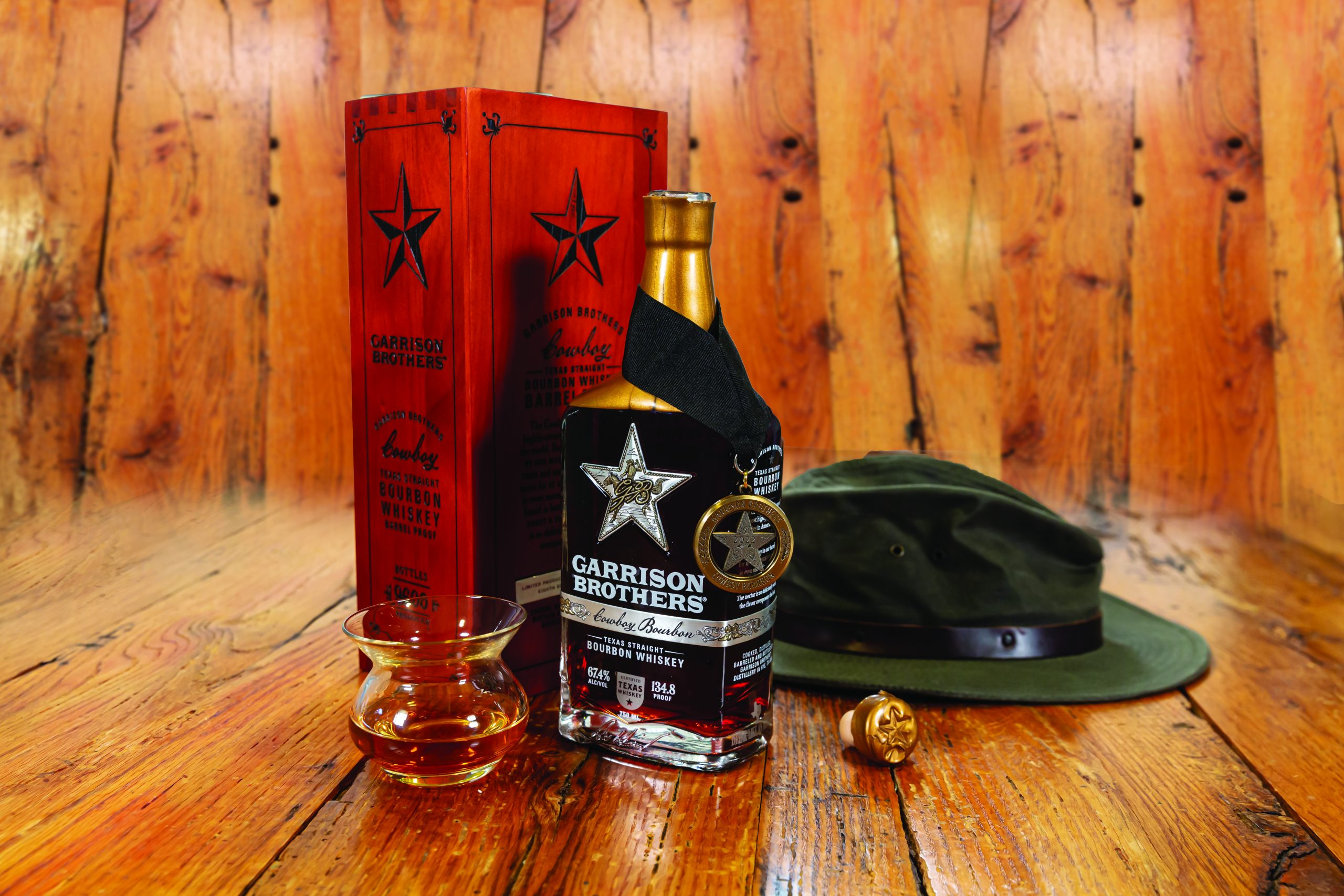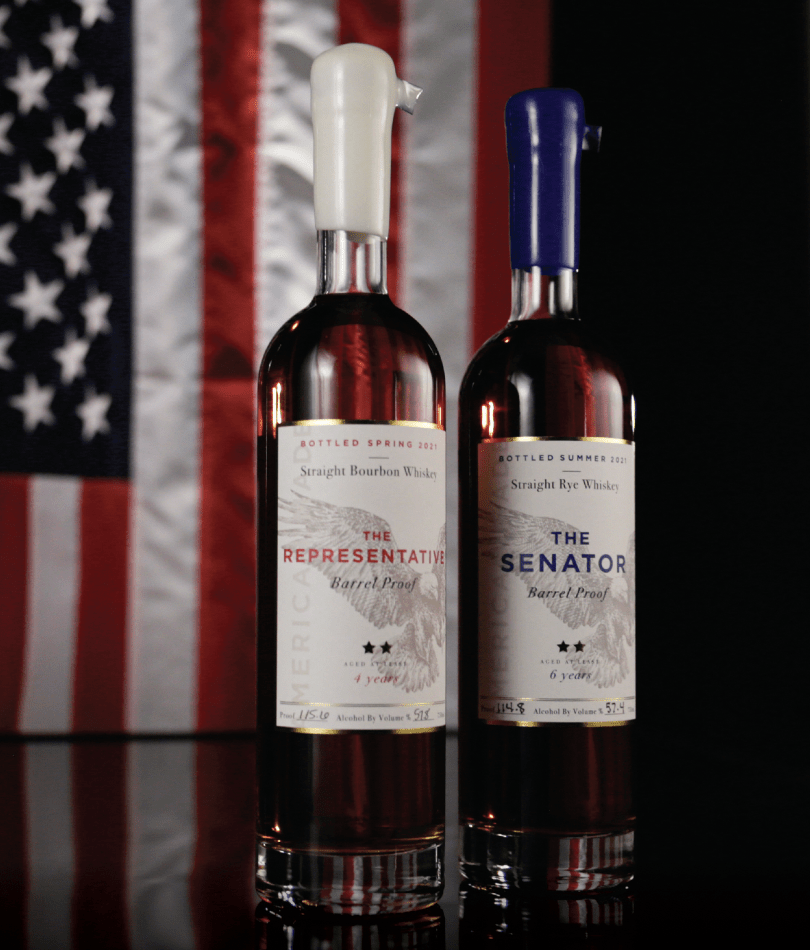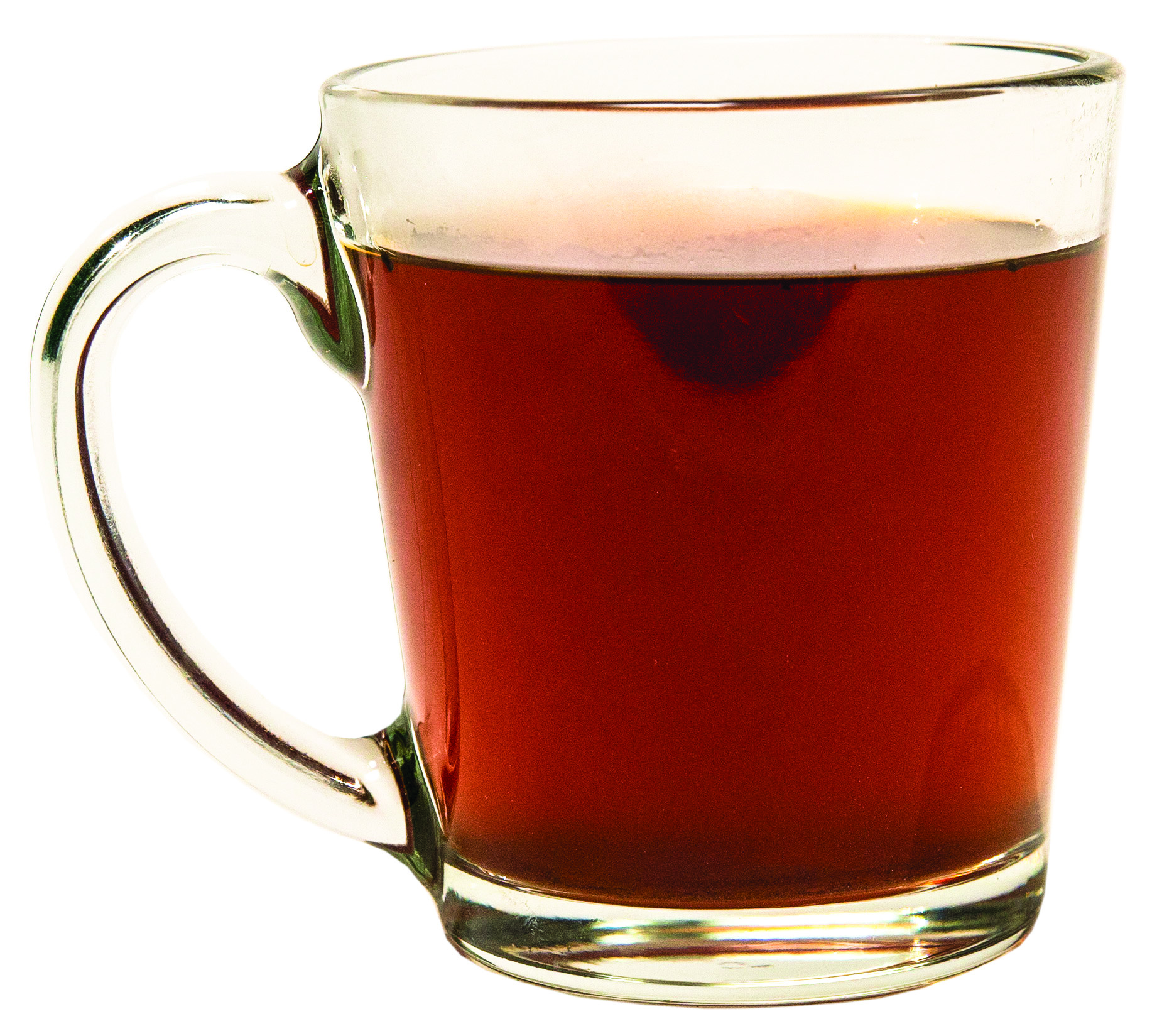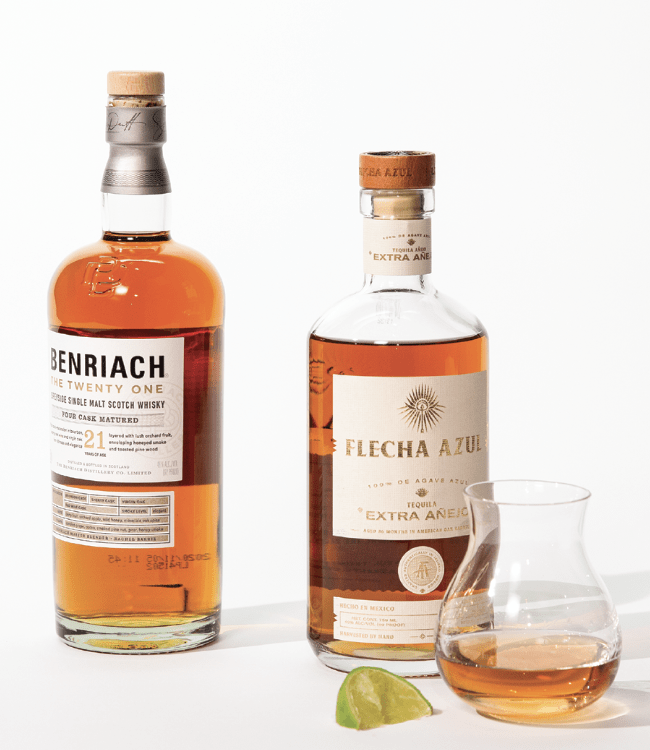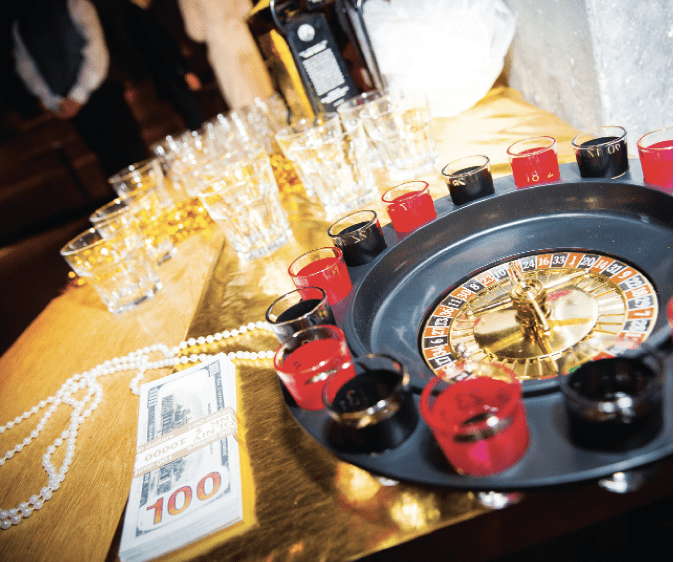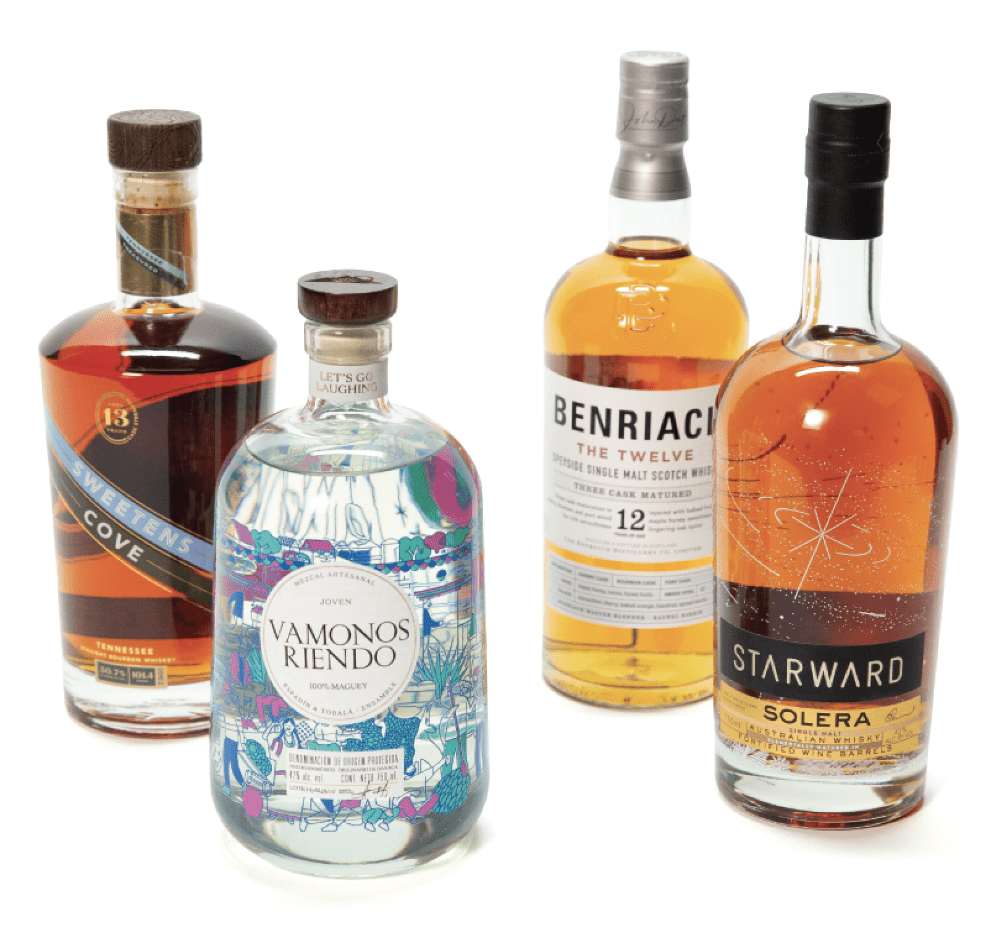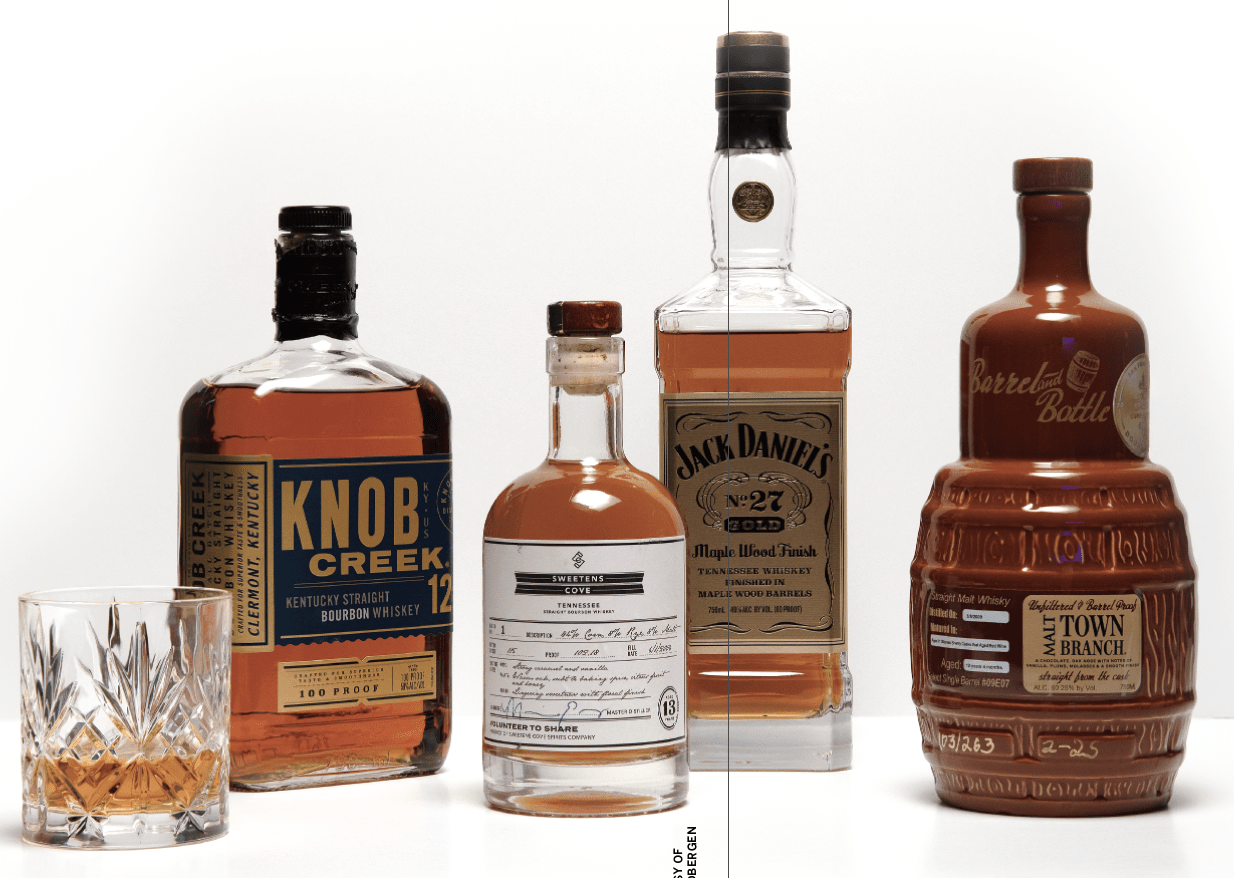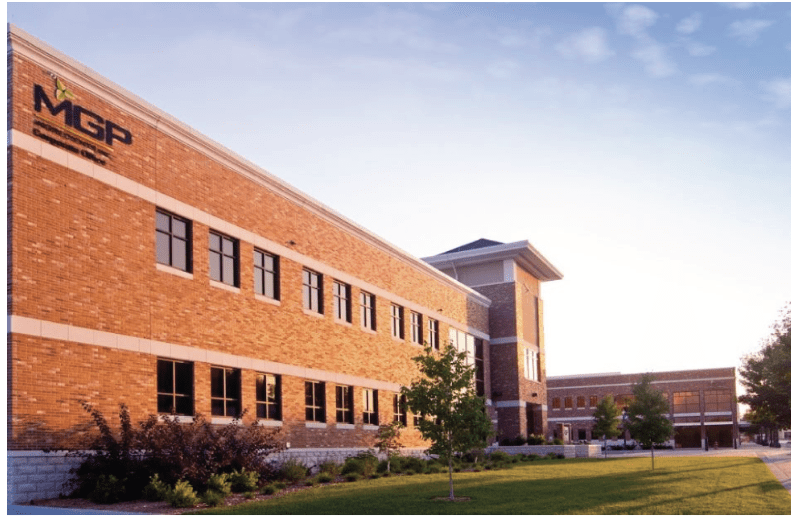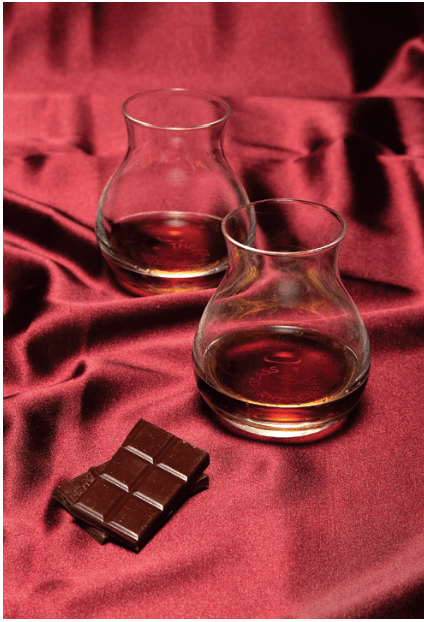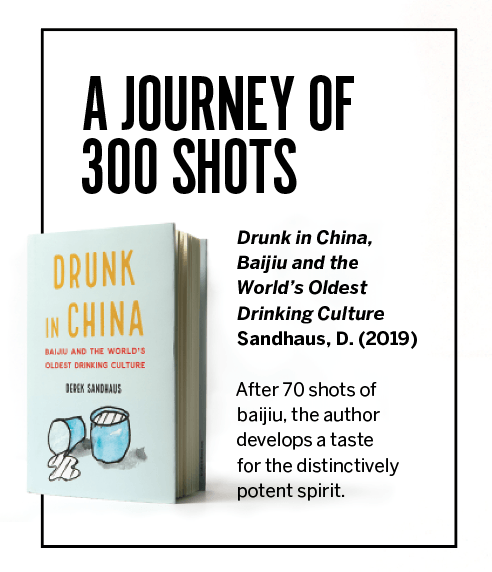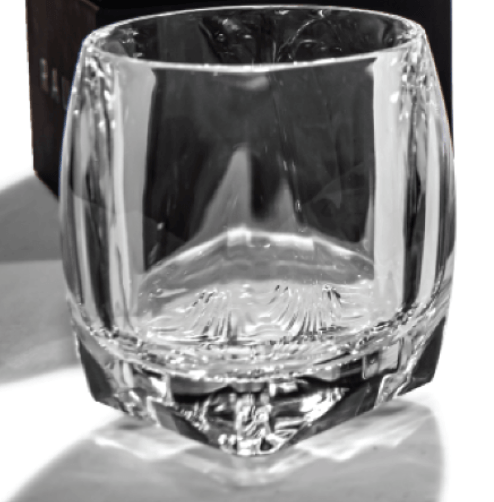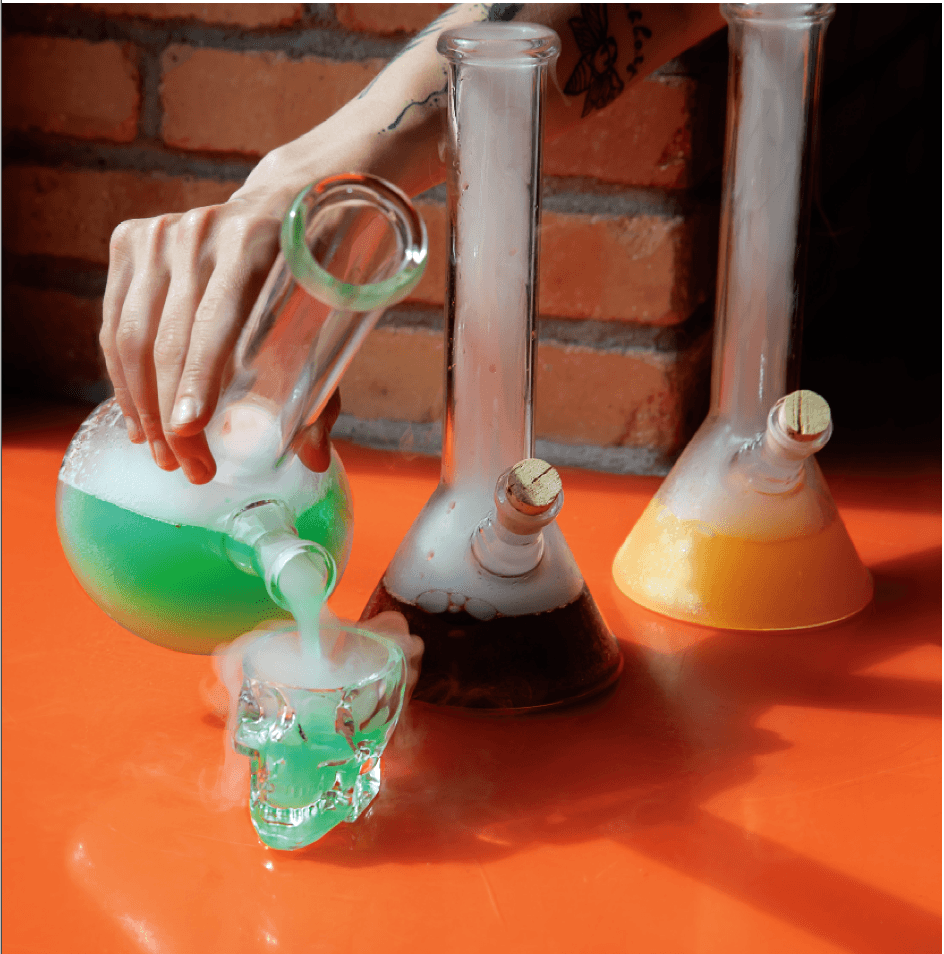The Mocktail Movement
Alcohol alternatives are here to stay, even beyond Dry January

After a night of 20 drinks and a morning after without a hangover, JW Wiseman reevaluated his relationship with alcohol and searched for something interesting to drink without the ABV. But his hunt revealed there wasn’t much beyond club soda and tonic. So, a year later, he founded Curious Elixirs. It was 2013, making his company one of the original entries in a new wave of mainstream mock-tails (cocktails without alcohol).
Wiseman found a willing audience. Thirty-six percent of American adults choose to live alcohol-free, and the nonalcoholic industry has reached $11 billion in annual sales. Nonalcoholic options include aperitifs, wines, beers, spirits and canned mocktails. One company, All the Bitter, has even created nonalcoholic bitters.
Today’s mocktails have come a long way from the sickly sweet drinks that prevailed for decades after the invention of the Shirley Temple in the 1930s. Until recently, the major issues with nonalcoholic beverages were the lack of viscosity and density that comes from not using ethanol, and the inability to mimic the burn of alcohol, says Ila Byrne, co-founder of Parch, a maker of nonalcoholic aga-ve spirits and mocktails.
Many companies replace the hit of alcohol by overloading mocktails with spices, but she created Parch to bring in complexity: the aromatics that impact the mouthfeel, how ice dilution shifts the sipping taste and how the beverage builds in your mouth.
By the numbers
With 80% of nonalcoholic purchases made by consumers who also drink alcohol, the nonalcoholic industry doesn’t take business away from alcohol sales but instead adds a new product to consumer spending, according to Töst, a company that manufactures sparkling nonalcoholic wines.
Using water instead of ethanol to extract flavor from ingredients requires more ingredients and more time, leading to higher pric-es, says Chris Wilfred, founder of the British-based nonalcoholic aperitif company Wilfred’s. While a 750-milliliter bottle of Aperol—the aperitif most like Wilfred’s—costs around $25, Wilfred’s costs $32 for a 500-milliliter bottle. Similarly, Ritual Zero Proof’s whis-key alternative costs $33, while a similar caliber alcoholic bourbon such as Bulleit costs $30.
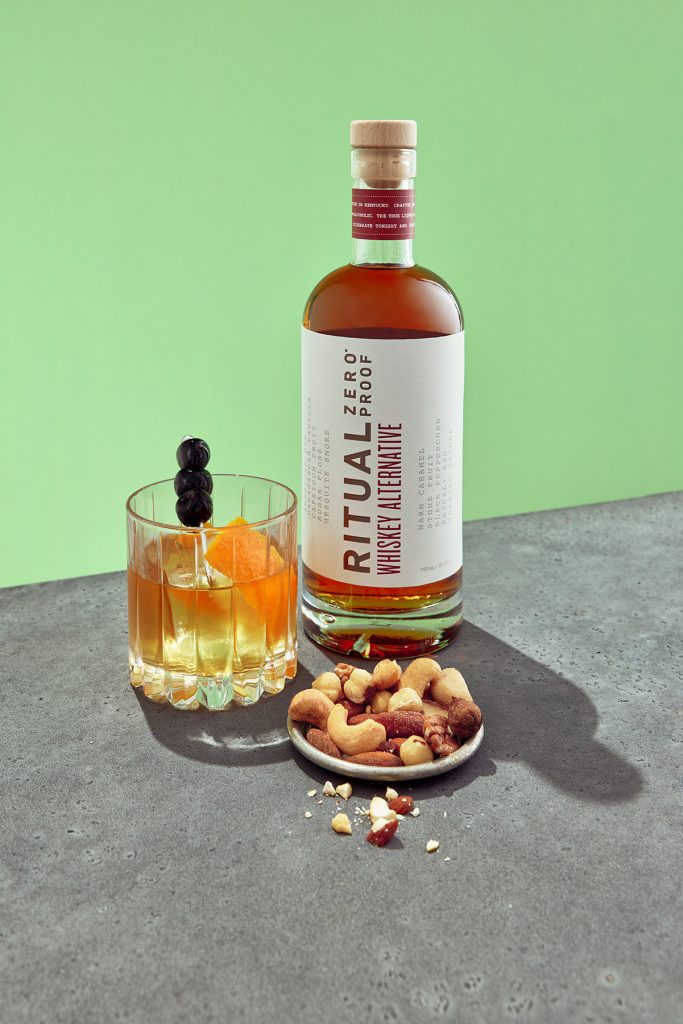
Higher prices enable producers of nonalcoholic products to maintain margins like those of companies that produce alcoholic drinks. That sometimes confuses consumers but benefits restaurants.
“Alcohol is a big part of why restaurants are able to stay in business,” says Wiseman. “So, I designed Curious to have similar margins for the venue operators.”
Those margins may have helped entice Diageo (DLC), owner of Guinness, Crown Royal and other major brands, to purchase a ma-jority stake in the nonalcoholic spirit maker Seedlip for a rumored $250 million, and a minority position in Ritual Zero Proof through its startup accelerator Distill Ventures.
But it’s not all about price and margin. Consider presentation.
“36% of American adults choose to live alcohol-free, and the nonalcoholic industry has reached $11 billion in annual sales.“
Appearance and taste
If one didn’t look closely enough, it would be easy to confuse a nonalcoholic bottle with an ABV bottle. Optimist Drinks, Free Spirits, Wilfred’s, Ghia and Ritual Zero Proof all present their alcohol alternatives in clear bottles with clean labeling and minimalist but mod-ern designs. The makers say the look reflects the craftsmanship behind the drink.
Perhaps the most intriguing company is All the Bitter, a nonalcoholic bitters company founded by Ian Blessing. Bitters are sharp and add a ton of flavor in just a few dashes—all while sporting a high ABV. Angostura dominates the bitters market and is known for aro-matic bitters (44.7% ABV) and orange bitters (28% ABV). When Blessing, a former sommelier at the French Laundry in Napa Valley, California, decided to live alcohol-free after becoming a parent, he found many restaurants and bars were adding alcoholic bitters to an otherwise nonalcoholic cocktail.
Because of the minimal number of bitters used in a cocktail, adding two dashes of bitters—a common number used in a martini or an old fashioned—to a 0% ABV cocktail would make a 5-ounce cocktail roughly .5% alcohol. Technically, for a company to claim it is nonalcoholic it must be below .5% ABV, but if a nonalcoholic spirit contains that amount, a mocktail of the same size would have a .65% ABV. “That’s like cooking your veggie burger in bacon fat,” Blessing says.
Health and wellness
In recent years, consumer preferences have shifted toward health. The $450 billion U.S. wellness industry is growing by 5% annually, according to McKinsey and Co. Plus, with alcohol-related deaths increasing for men 12.5% and women at 14.7%, according to a study led by Hofstra University, alcohol moderation reveals clear benefits.
When Wiseman created Curious Elixirs, he asked, “What if we can make something delicious? And what if we could make it to help support your body instead of poison your body?” His time at Daily Harvest, a ready-to-eat delivery service based in New York, ex-posed him to adaptogens, plant substances that may promote homeostasis in the body to help balance adrenal glands.
While the results of studies vary on the effectiveness of adaptogens, Curious Elixirs, Parch, All the Bitter and Three Spirit all use them to add flavor and change the effect of the drink.
Adaptogens aside, whether someone chooses not to drink because of health concerns, a history of alcohol abuse, religious reasons or anything else, the nonalcoholic movement’s advances have provided delicious, functional alternatives.
Subscribe for free at getluckbox.com.
For daily financial market news and commentary, visit the News & Insights page at tastylive or the YouTube channels tastylive (for options traders), and tastyliveTrending for stocks, futures, forex & macro.
Trade with a better broker, open a tastytrade account today. tastylive, Inc. and tastytrade, Inc. are separate but affiliated companies.
